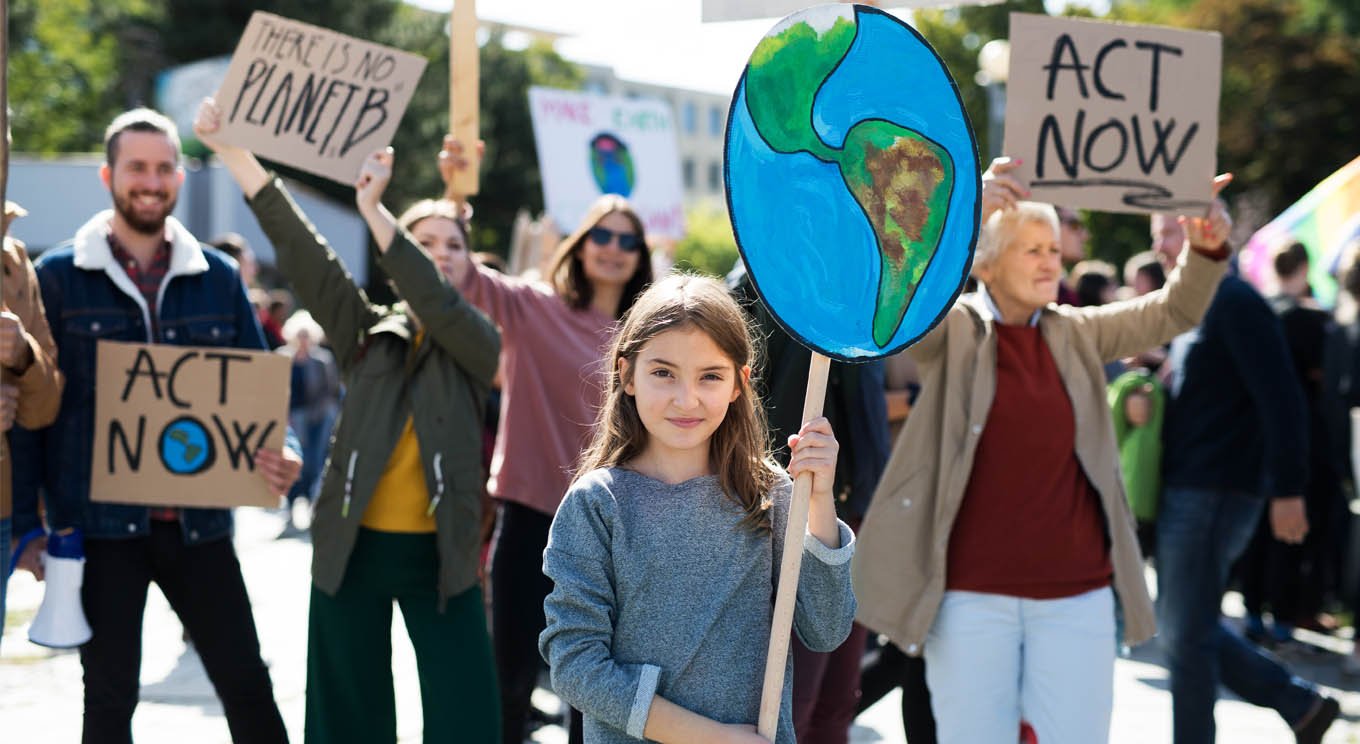
By 2100, over 20% of the global population is projected to experience extreme temperatures, leading to the displacement of over one billion people if current climate change trends continue. The current climate plans of countries worldwide are steering us towards a warming of approximately 2.7 degrees Celsius above pre-industrial levels. Such a level of warming would expose two billion individuals to unprecedented heat exceeding 29 degrees Celsius, otherwise known as the “climate niche”.
It is of paramount importance for us to achieve the goal set by the Paris Agreement, which aims to limit global warming to 1.5 degrees Celsius. By meeting this target, the number of people affected by extreme heat by the end of the century would be reduced by fivefold. Instead of two billion people, approximately 400 million individuals would be exposed to temperatures above 29C.
According to The Met Office, there is a probability of over 66% that global temperatures will exceed the 1.5 degrees Celsius threshold by 2027. The IPCC Climate Change report highlights that anyone born after 1980 will experience severe changes within our lifetimes, even more so for our children and grandchildren.
Countries such as India, Nigeria, Indonesia, the Philippines, and Pakistan are particularly vulnerable to an increase in the number of people facing extreme heat conditions. These nations are already grappling with severe temperature challenges, as evidenced by recent debilitating heatwaves experienced in India, Indonesia, and the Philippines. The impending El Niño weather pattern is also anticipated to contribute to further warming in these regions.



